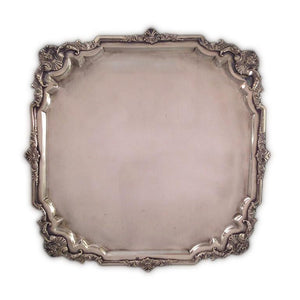The Dutch captured Yogyakarta (Jakarta) in 1619, later renaming it Batavia. From 1619-1949, the city was the capital of the Dutch East Indies (which comprised the Indonesian islands and other settlements, particularly those in Sri Lanka (Ceylon) and southern India, held by the Dutch in the early colonial period). Their East Indian colonies were very important to the Dutch economy, generating vast riches from the trade of indigenous spices and cash crops like coffee, tea, cocoa, tobacco and rubber, which the Dutch had introduced to the region and successfully cultivated. Consequently, many Dutch settlers came to live in Jakarta such as colonial administrators, employees of the Dutch East India Company (VOC), traders and plantation managers, who fuelled the demand for luxury goods, particularly silver objects for personal, domestic and religious purposes. Batavian silver objects are those which were made in Batavia in the 17th, 18th 19th and early 20th centuries by European silversmiths and their workforce, who were generally indigenous. Some wholly indigenous silver workshops are also recorded and fall within this category. Batavian silver is a stylistically distinctive and recognizable category within the many diverse and varied styles of eastern and oriental silver. These workshops produced silver of European form, ornamented with traditional designs drawn from the repertoires of Sri Lanka and the Coromandel Coast of southern India, areas where the Dutch had settled. They also made some specifically Indian objects, such as betel boxes, also in European form but with Indian ornament. A luxurious range of caskets and boxes in ivory, tortoiseshell and tropical hardwoods were furnished with silver mountings.
